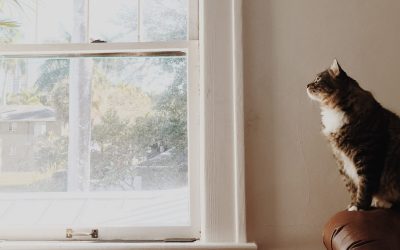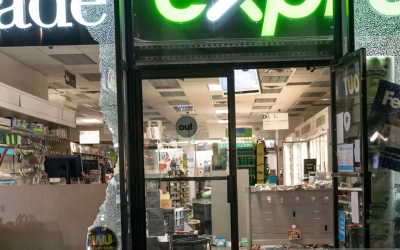A clear understanding of window film and recognizing what they can and cannot do is vital to making your installation decision. Read below about a few of the myths, and many of the real-world benefits of window films below. You might be surprised by what you find.
Looking into the Past
Window film was initially invented for use in space. This out-of-this-world fact actually makes sense when you consider the selective heat rejection properties of window film. After leaving the Earth’s atmosphere, craft are subject to temperatures ranging from -240C to over 200C. Reflective tint was developed to help spacecraft tolerate these astronomical temperatures and keep the passengers safe.
In 1966, window film started to be applied to commercial buildings. Prior to ’66, commercial tint had little heat reduction properties so it didn’t contribute to energy savings. Tint was improved again in 1976 by the addition of reflective coatings.
Modern window film can significantly reduce energy costs by providing nearly 80% heat gain reduction.
Window Film Myths
Many of the concerns about window film carried by building managers and business owners are not founded in fact, or are completely outdated. Here we set straight a few common myths about window film, so we can all get on the same page.
01 Window film will cause seal failure in insulated units.
Window film has been applied to millions of square feet of insulated glass for more than 40 years and has never been demonstrated to cause seal failure. Federal specifications require that windows be able to tolerate a minimum of 3.30 psi, and window films will only cause a pressure increase of around 0.55 psi – that is a sixth of what the window can comfortably tolerate. Many manufacturers of window film offer warranties against seal failure.
02 Window film will cause thermal glass breakage.
The only way window film could contribute to thermal glass breakage would be if the glass was not manufactured or installed to industry standards. Many manufacturers and installers offer warranties to protect against thermal breakage.
03 Window film is a short-term solution to a long-term problem.
Modern high-quality films resist abrasion and use advanced adhesion technology. This means that high-quality films will continue to perform for over 20 years. Film can easily be removed and replaced after a few decades.
04 Window film quickly discolour.
The ultraviolet inhibitors used in high-quality window films prevent discolouring.
05 Reflective films inhibit viewing out of windows at night or during low light conditions.
New technology means that modern products allow perfectly clear viewing during low light conditions, including at night, as well as enhanced solar protection.
Professionally installed high-quality films block nearly 80% of solar heat, reduce winter heat loss by up to 30%, reduce glare by up to 83%, and block 99% of harmful UV radiation. The benefits of modern films quickly outweigh the initial investment. Don’t let pervasive myths or outdated information prevent you from upgrading your building and saving money. To get started on this powerful upgrade, send us a message or give us a call.



